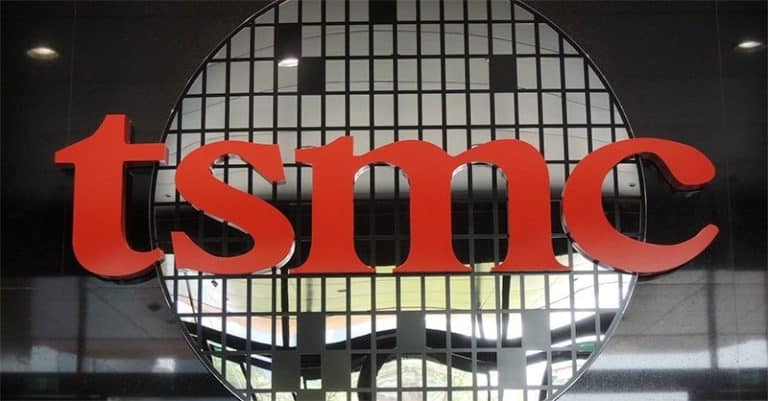TSMC sees the demand for new processors rise, thanks to the sale of early 5G devices. The company now wants to roll out more advanced technology, in the form of 5 nanometer chips, a little earlier than expected.
The production process of the new 5 nanometer (nm) chip should be scaled up to mass production in the first half of 2020. As a result, the first 5nm chips will be available in the summer of 2020, writes Venturebeat. TSMC began mass-producing the 7nm chips last year, which meant that key customers such as Apple and Huawei both claimed to be the first to use the technology in their devices. However, the manufacturer is not now choosing to shift all its production from the new 7nm chips to the smaller 5nm technology, but is expanding its 7nm capacity to meet the growing demand.
5nm chips
The 5nm chips are not only smaller than the 7nm predecessors, but can also offer greater energy efficiency or more throughput. Which of the two is (or both) depends on the requirements of the chip designer. The 5nm process is expected to make it possible to shrink CPUs that used to fit in smartphones to sizes suitable for wearables such as AR-glasses and headphones. Smaller batteries are also used and previously impossible experiences are made possible. In addition, the process should enable next year’s 5G devices to offer the same or more power, while keeping them cooler and consuming less energy.
25 billion dollars
In June last year, TSMC said it was already working hard to achieve mass production of the 5nm chips. At the time, the company said it expected to be able to switch to the production of these chips at the end of 2019 or the beginning of 2020. The company invests approximately $25 billion in production facilities. The company has also been working on 3nm chips since 2017, in which it has already invested 15 billion dollars. The factory must be opened in 2022.
This news article was automatically translated from Dutch to give Techzine.eu a head start. All news articles after September 1, 2019 are written in native English and NOT translated. All our background stories are written in native English as well. For more information read our launch article.